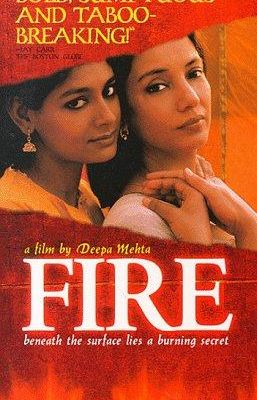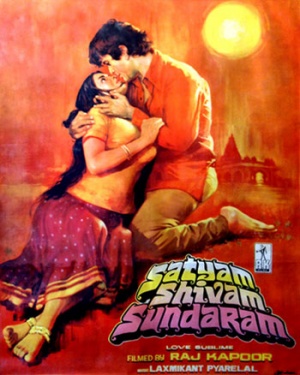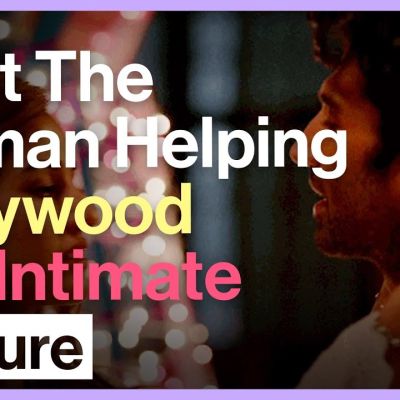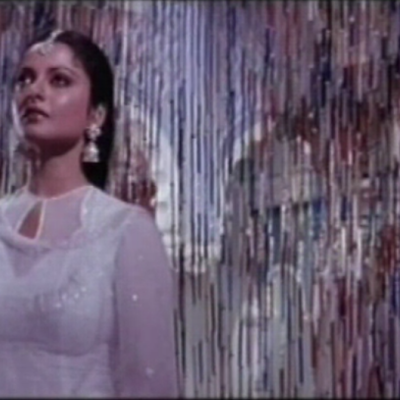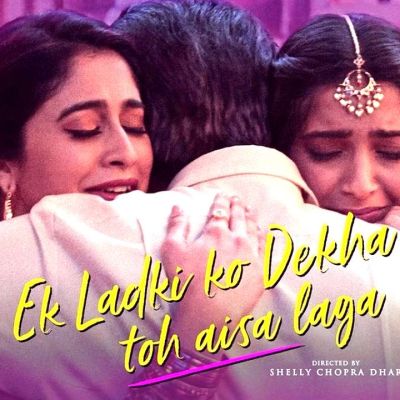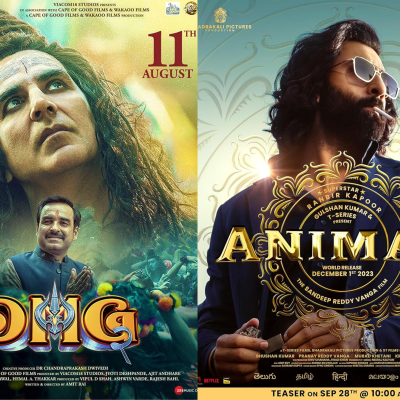Bollywood
Fire served as a seminal piece of media in my life for that reason, not only because of its queer themes and normalisation of LGBTQ+ relationships but because of how it normalises the pursuit of pleasure as a fundamental part of us, and not something we should be ashamed of.
गाने अक्सर फिल्मों से अधिक लोकप्रिय होते है और अपने अलग ही मतलब का निर्माण करते हैं। इनका मतलब उनता ही विविध है जितना इनको सुनने वाले लोग। मैं यह बिल्कुल नहीं मानता कि हम जो फिल्म और चित्र देखते है उसका हमारे जीवन पर सीधा असर पड़ता है। हिंसक या अन्यथा मूर्खतापूर्ण कार्यों के लिए दोषी वह ही हैं जो यह कार्य करते हैं और वे जो उन्हें बेहतर शिक्षा दे सकते थे पर उन्होंने ऐसा नहीं किया। शिक्षा और बातचीत से हम युवाओं को सही समझ और बेहतर निर्णय लेने के लिए सक्षम बनाते हैं।
सयद साद अहमद द्वारा लिखित “हम क्या वास्तव में सच जानना चाहते हैं? सत्य की क्या आवश्यकता है? उसके बदले…
अपने बच्चों को बाहरी दुनिया की बुराइयों से बचाने की अपने यक़ीन के कारण भारतीय परिवार इस सच्चाई को नज़रअंदाज़ कर देते हैं कि बच्चों को भी दुनिया को समझने के लिए तैयारी की ज़रुरत होती है।
In one of the most compelling and difficult scenes in 2013’s acclaimed Bhaag Milkha Bhaag, a young Milkha Singh is…
Aastha Khanna is India’s first intimacy coordinator who is making sure that a film’s vision is realised without flouting anyone’s boundaries, or leading to general awkwardness on set, especially when it comes to intimate scenes.
“‘Dhandewali’s must smoke; paan is a must; a ‘dhandewali’ can never escape her identity; ‘dhandewali’s must dress ‘differently’… Spanning over 6 decades of Bollywood cinema, ‘Zinda Laash’ highlights how very little has changed across the ages when it comes to the industry’s representation of women in prostitution. Humorously drawing attention to stereotypes, while poignantly highlighting myths, ‘Zinda Laash’ is a tribute to every sex worker who is not recognised as a woman or a human being.”
People looking for queer plots in Bollywood are sometimes disappointed, as the focus on marriage in many films seems to suggest that Bollywood is a conservative genre invested in sanctifying reproductive heteronormativity.
“Only that once again they broke the Love Laws. That lay down who should be loved. And how. And how…
For many of us, it was fiction that fed our souls as children, and now as adults who are still ‘growing up’, it feeds us still. Fiction makes, remakes and unmakes us who walk in worlds of the imagination. It liberates us to dream various versions of ourselves and others into being as the articles in this month’s In Plainspeak eloquently reveal.
The Dirty Picture, directed by Milan Luthria (2011) has ushered in various debates around sexuality through its representation of sexuality…
This article explores how women are constructed as a ‘space’ manufactured by men to seek comfort, but void of having any active agency or participation in that space itself. I seek to bring this out in this article by drawing a parallel between the nineteenth century ‘Bharat Mata’ (Mother India) and the depiction of the twenty-first century ‘heroine’ in Bollywood movies.
We decided to watch Animal and OMG 2 and found that both the movies bring up many of the issues that we work on.
When representing sexuality, these stories went beyond dramatic and one-dimensional representations of sex and sexual orientation.

